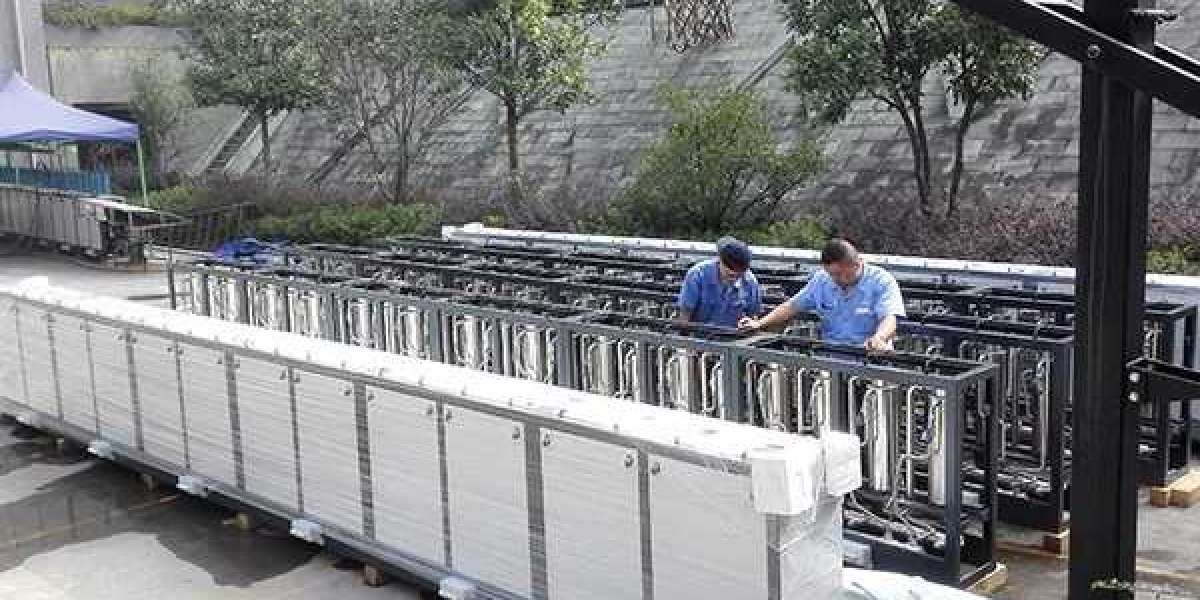The core content of ultrasonic graphene dispersion machine is how to solve the problem of particle agglomeration. Due to the inert surface of graphene, it is insoluble with many substances and has poor dispersion. It is very difficult to get a single dispersed particle. How to make the particle evenly dispersed into the matrix is the key technology of graphene dispersion technology.
The purpose of graphene dispersion is that in order to achieve insoluble dispersion, its particles must be strongly crushed and mixed, which means that the formation of new surfaces must overcome the resistance of surface tension to achieve. With the continuous development of technology, the agglomeration problem has become a bottleneck for the continued development of graphene, so improving the dispersion of graphene has become a technical method to improve the quality, performance and process efficiency * of products (materials).
Due to the inert surface of graphene, it is insoluble and poorly dispersed with many substances. There are two ideas on how to solve the bottleneck problem in the development of graphene: first, the large-scale production of low-cost high-quality graphene raw materials; The second is the commercial application of graphene. In the past two years, graphene has entered the stage of industrial application, and the upstream and downstream interaction of the industrial chain is crucial. We must conduct secondary development for users to solve common technical problems such as dispersion and molding, and make graphene more connected to the "earth gas".
The characteristics of graphene powder, such as fine particle size, large specific surface area, high surface energy, increasing number of surface atoms and insufficient atomic
coordination, make these surface atoms have high activity, extremely unstable, and it is easy to agglomerate to form a larger aggregate with a number of linking interfaces. The agglomeration of powder is generally divided into soft agglomeration and hard agglomeration. The formation of agglomerates makes the nanoparticles can not be uniformly dispersed as a single particle, and can not play its due nano characteristics, which has a very adverse effect on the application performance of nano powders.
When the graphene is matched with the surface of the organic solvent, their interaction can balance the energy required to peel the graphene sheet, and then through ultrasonic treatment, ultrasonic provides the peeling force, the peeling effect, increasing the ultrasonic time can well improve the graphene yield. Adjusting the ultrasonic power of the ultrasonic power supply also has a significant impact on the graphene stripping effect. The stripping effect of graphene depends on the matching degree of the ultrasonic power and the van der Waals force between the graphene layers. When the ultrasonic power is properly increased, the tensile stress generated on the graphene surface is greater than the van der Waals force between the graphene layers, and the stripping effect will also be significantly increased.
Ultrasonic-assisted method
In the ultrasonic graphene dispersion system, graphene oxide was prepared by ultrasonic-assisted Hummers method. Because ultrasonic wave is a mechanical wave, it is not absorbed by molecules and causes molecular vibration during propagation. Under the cavitation effect, that is, under the additional action of high temperature, high pressure, microjet and strong vibration, the average distance between molecules increases due to vibration, resulting in molecular fragmentation. With the increase of ultrasonic power, the graphite oxide layer spacing increases.



